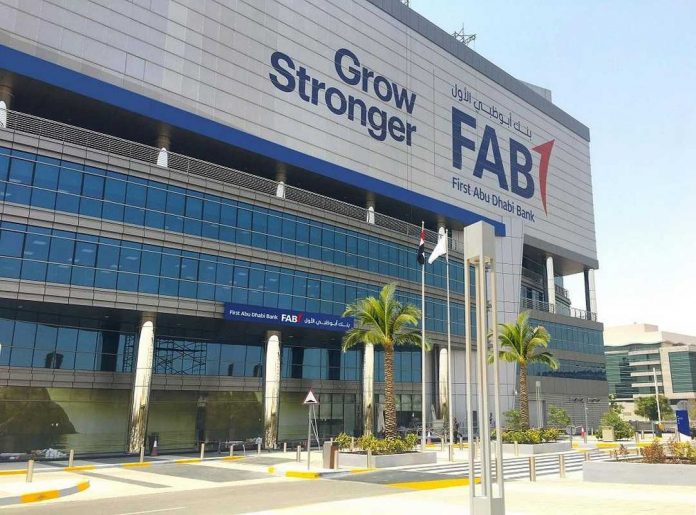First Abu Dhabi Bank (FAB) has published its 2021 Global Investment Outlook Report: ‘Paving the path for our investors to grow stronger’. The report, written by the bank’s industry experts, examines the current global economic and investment environment, providing insights into key macro-economic trends.
After a year of extremes in 2020, the report suggests a V-shaped recovery is possible for the UAE, with the sharp contraction of the past year followed by a steep increase in activity as the economy emerges from COVID-19. Important factors include a recovery in tourism and oil prices, and strong links to emerging markets.
Based on projections from the Central Bank of the UAE (CBUAE), the national economy should grow by around 2.5 percent overall and 3.6 percent for non-oil sectors, after shrinking by around six percent in 2020 and five percent for non-oil. FAB’s predictions for the UAE include signs of an imminent improvement for incoming tourism, as pent-up travel demand and the country’s successful management of the COVID-19 virus converge to make the UAE a potentially top destination this year. The Dubai EXPO’s rescheduling to open in October 2021 will add further strength, and an improvement in tourism will have a positive effect on other sectors, including retail and real estate activity, as the COVID-19 immunisation programme moves forward. FAB predicts the oil price for Brent will recover to average USD 58 per barrel this year, followed by USD 65 in 2022. In the medium term, improved growth should also result from well-received reform initiatives, as well as from normalised relations with Israel and Qatar.
For international markets, the report predicts that a good return to global growth is possible by the second half of 2021, with developed economies entering a period of stabilisation as they emerge from COVID-19. Emerging markets were particularly impacted by the pandemic, but currency devaluations, along with massive fiscal and monetary stimuli in some of the biggest developing economies, suggest emerging markets may be in good shape for a period of gains. An overvalued US dollar is also likely to weaken further than its recent falls during 2021, partially as a result of a reversal in many of the haven-seeking flows that drove investors into US assets earlier last year, which should also support emerging markets and commodities.
Alain Marckus MD and Head of Investment Strategy and Investment Management, Personal Banking Group, said: “Global markets will begin a clear recovery from the COVID-19 downturn during 2021, but this will start with a move towards stability rather than acceleration. Developed economies including the United States and Europe will feel continuing effects from cautious consumer spending, higher rates of unemployment following the pandemic, and business restructuring. The United Kingdom will also contend with the full impact of Brexit and its departure from the European Union. Effectiveness in responding to the pandemic will likely be a factor in the speed of recovery in different markets, including the impact of stimulus measures. After their worst year in several generations, the world’s largest developing nations are poised for a strong recovery in 2021. As soon as vaccines are widely available, their economic recoveries could be very strong, given the record stimulus released in many of the large emerging economies this year.”
Among MENA markets, GCC states will benefit from government stimulus programmes and extra liquidity injected into local economies in response to COVID-19. According to Fitch Ratings, off-budget stimulus has amounted to nearly 30% of GDP in Bahrain and Oman, more than 10% in Kuwait, Qatar and the UAE, and more than 7% in Saudi Arabia.
GCC economies will also benefit as oil demand and prices continue their slow recovery from severe falls in Q2 of 2020. However, with the US Energy Information Administration (EIA) estimating the global demand for petroleum and liquid fuels was 92.38 million barrels per day in 2020, about 8.8 million barrels per day lower than the previous year, a return to the levels recorded in 2019 is probably not going to occur until 2022.
FAB’s Global Investment Outlook 2021 can be viewed and downloaded here.











